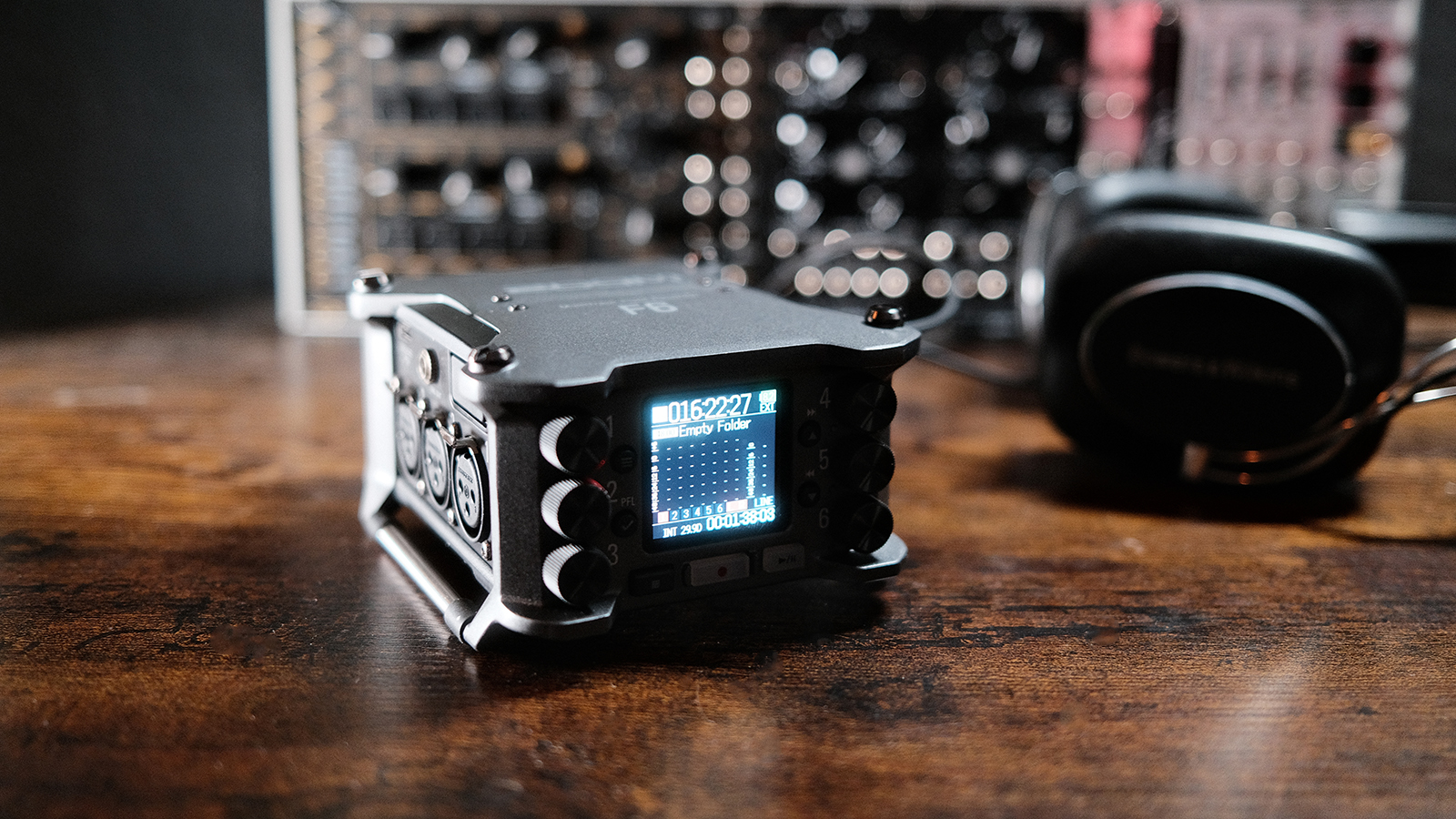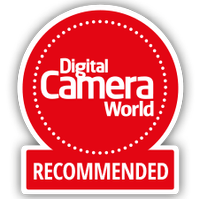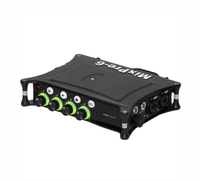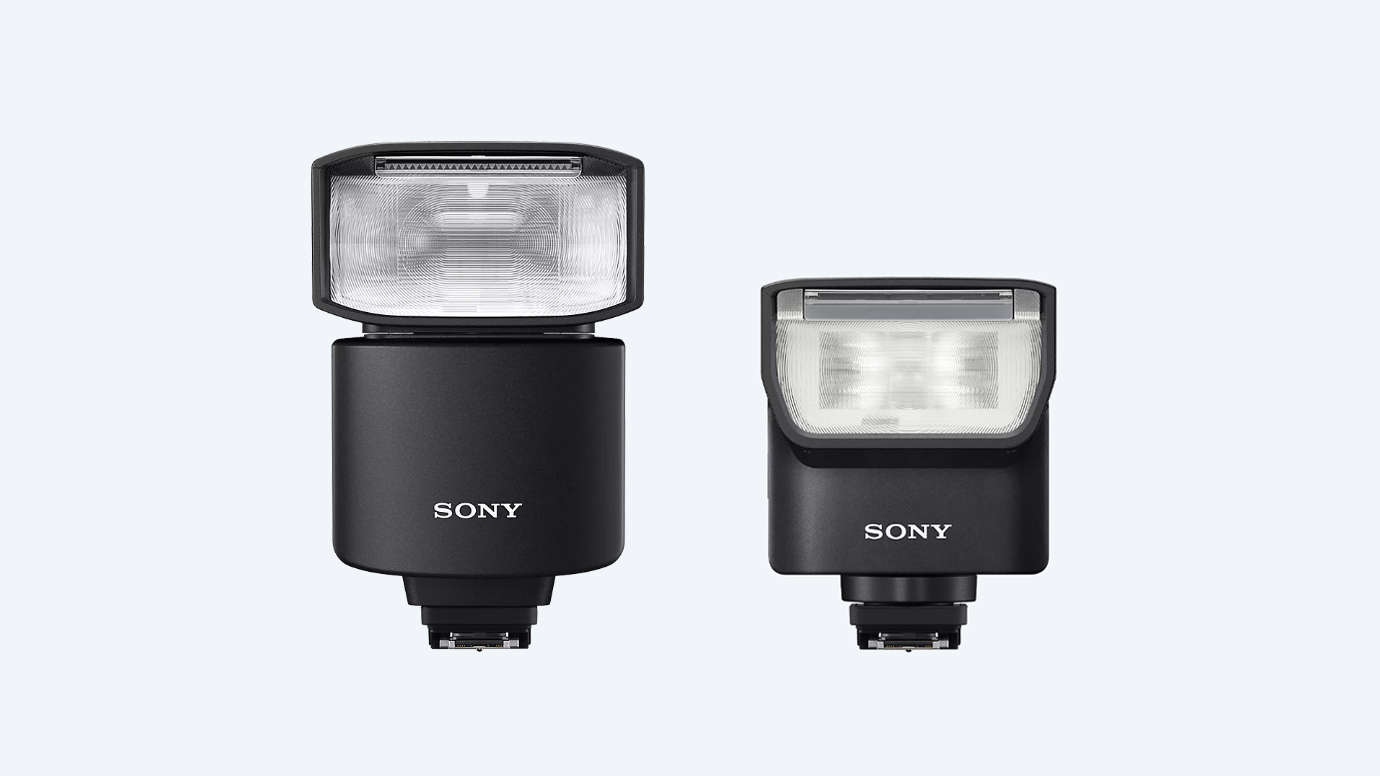Digital Camera World Verdict
Rock solid build and a compact form factor, along with some key features to aid capturing the best possible audio, make the Zoom F6 a fantastic buy for those needing to record audio for film shoots, documentary or even podcasts.
Pros
- +
Excellent dynamic range from 32bit float recording and dual AD decoders
- +
Solid build quality
- +
Great power options
- +
Camera mount for compact setups
Cons
- -
Slightly fiddly menu buttons
- -
SD card placement
Why you can trust Digital Camera World
We all know (or should) that audio is the most important element of a video project. Of course, great visuals are something we all strive for but if these are lacking, while the audio is good, we can still enjoy the experience. The same isn’t true of the reverse. You could have the best image quality, with the most beautiful camera work and lighting but if the audio is hard to listen to the whole thing falls apart and the likelihood of switching off becomes that much greater.
With that in mind, a good audio recorder should be high up your gear acquisition list. Yes, most cameras have the ability to record audio, and some have passable microphones built in (although they are never really production-worthy), so why the need for a separate piece of gear?
Well, there is more than a single answer to that. Firstly it enables you to easily assign monitoring and recording duties to a dedicated sound operator. Secondly, a field recorder will have features that make for easier operation on set/location, as well as features that couldn’t fit onto a camera. There’s also the benefit of being able to record in camera at the same time, giving an extra level of backup. Even solo operators can benefit from adding a field recorder to their gear and they don’t have to cost the earth or introduce huge learning curve roadblocks.
A handful of companies produce field recorders and Zoom is one of the better known, with decades of experience in creating tools for video producers and podcasters – but does that make the F6 a worthy addition to your kit list? I’ve spent years working with audio, both as part of video production and music, so I’ve put that experience in mind while looking at the F6. Let’s have a look at what I found.
Zoom F6: Specifications
| ResolutionInputs | 6 Neutrik XLR inputs |
| Screen | 1.54” full colour screen |
| Power | AA, NPF and USB power |
| Recording formats | .wav and .mp3 |
| Dimensions | 100 mm (W) x 119.8 mm (D) x 62.9 mm (H) |
Zoom F6: Price
$617 / £479 feels like a reasonable price for the F6, especially when you compare it to some of the competition, such as the Mixpre 6ii which is significantly more expensive. The overall build, features and recording quality make this a great purchase at this price.
Zoom F6: Design & build quality
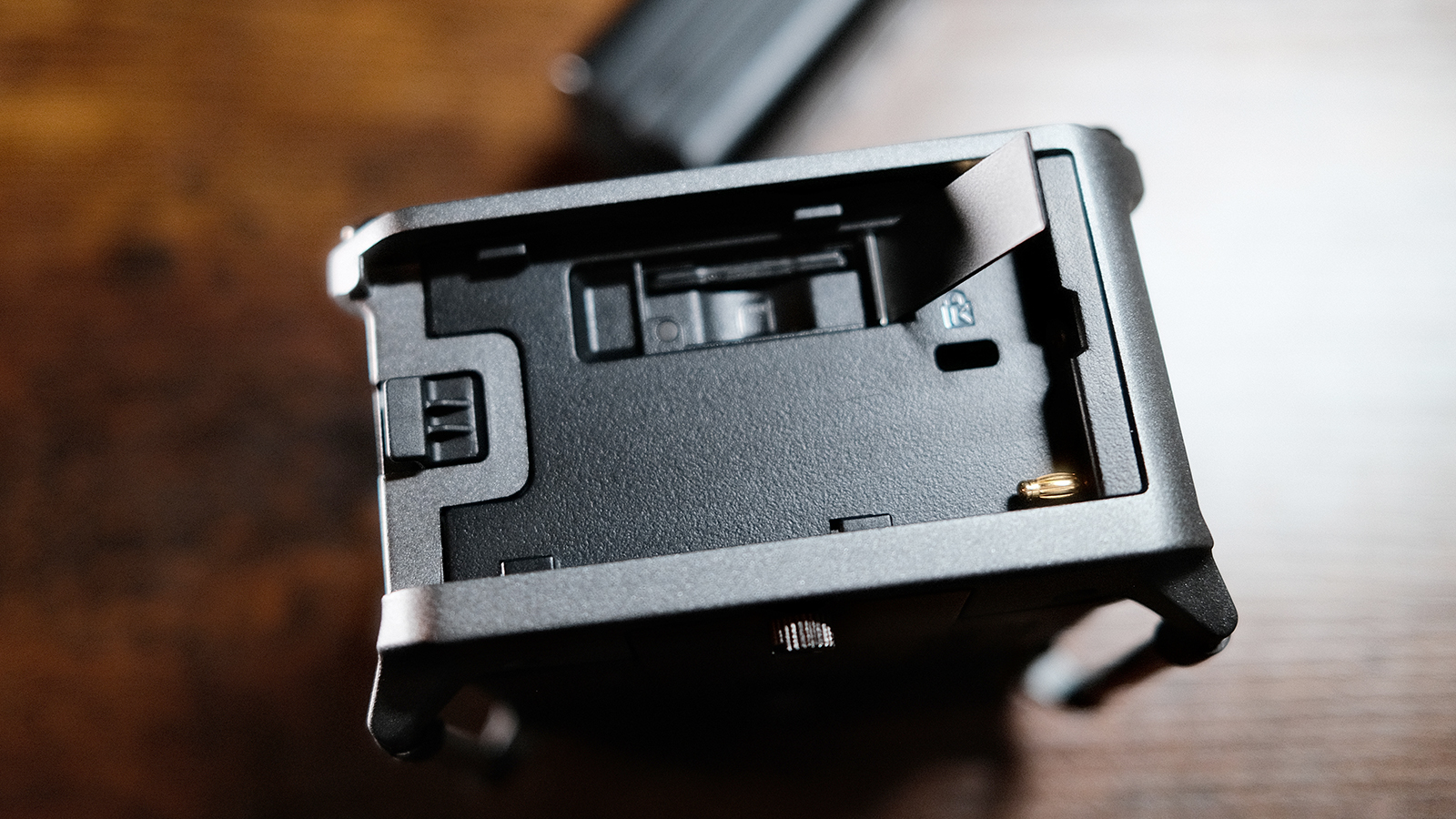
Zoom’s F6 ships with few extras, just a paper manual and the adapter for mounting under a camera body. No bells and whistles but they aren’t needed as the unit itself does pretty much what you need of it, with the exception of storage and power. Again this is fine, as you will choose which solution is best suited to your needs.
For storage, there’s an SD card slot on the rear, which supports SD/SDHC/SDXC cards. This slot is found behind a hinged door, which I really appreciate. So many companies use nasty rubber affairs that can be fiddly, slow or get lost, so well done Zoom for this choice. What I am less keen on is the placement. If you opt for powering the F6 with an NPF battery, which seems like the option many filmmakers will opt for, as so many of us have these batteries in abundance, then you will need to power down the unit, remove the batter, open the door, swap the car, then do the reverse to get back up and running. Of course, if you power differently that’s less of an issue but many will want to use this in a waist or shoulder-mounted case, which makes it even more of a hassle. A front or side slot would have solved this.
That said the unit is compact so not everything can be perfectly optimized and I’d rather deal with that and retain the excellent build of the F6. At around half a kilo, it isn’t heavy but feels dense, solid, and tough. The materials are a mix of plastic and metal, with everything feeling secure. The buttons give positive feedback, even though smal,l and the level pots feel good too. They have a slight give in them but nothing worryingly so. They also have detents at the extreme counter-clockwise to deactivate the channel.
Mounting the F6 should never pose a problem. Many users will opt for an audio-specific bag with a clear window for viewing meters etc but other options include a ¼ 20 on the underside and a neat cradle that can be attached to the top side allowing for underslung camera mounting. If that’s how I was planning to use it I think I’d opt for a V-mount adapter and mount this behind the camera body but it’s nice to see plentiful options.
Zoom F6: Power
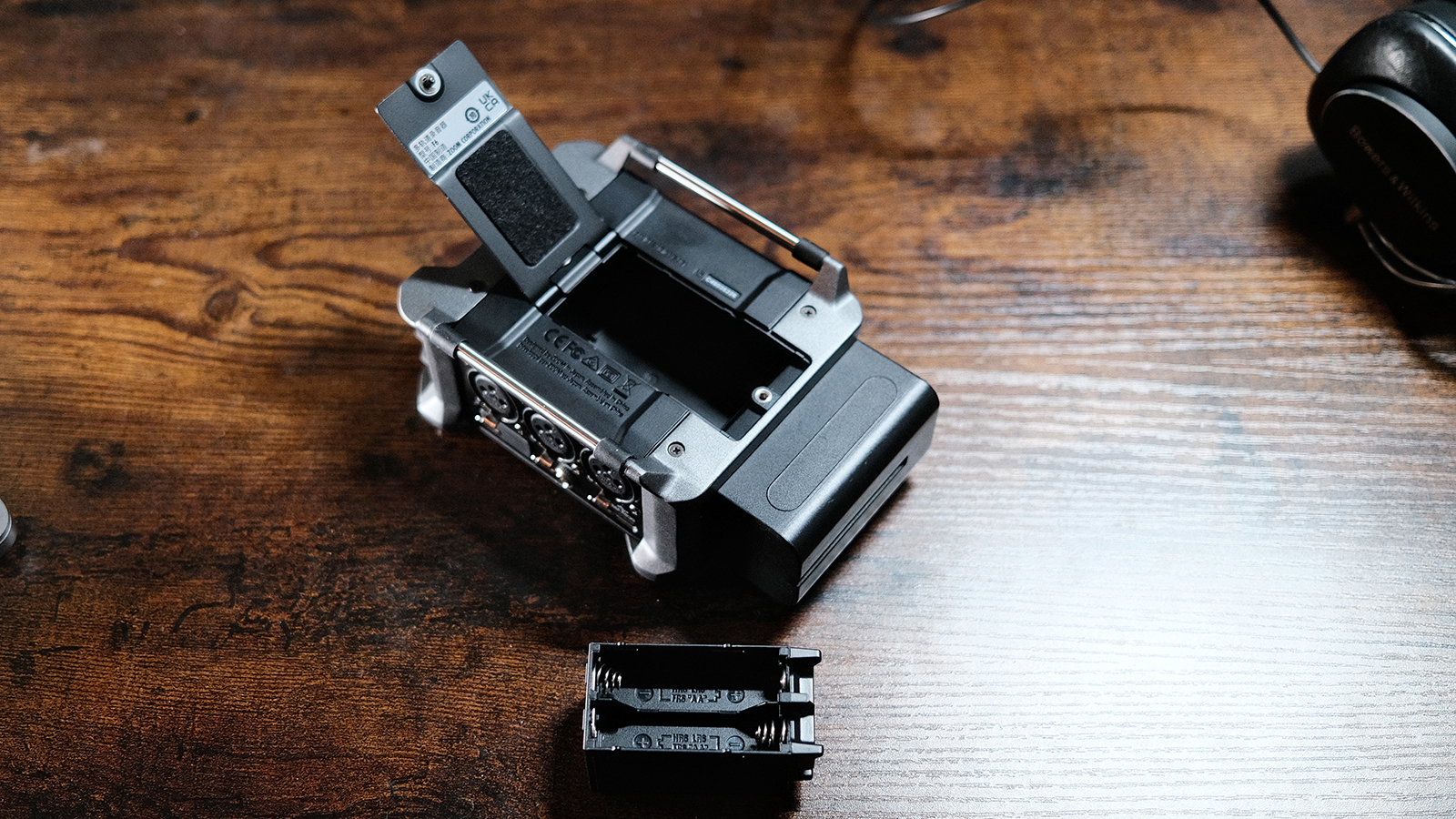
As mentioned, you can power the F6 in a number of ways. The NFP battery can be mounted on the rear, the benefit of which is that you can choose which capacity you use. The F6 can also be powered by USB type C meaning you can run it off most powerbanks, or you can use the sled accessed via the underside to run it from four AA batteries. I really appreciate the multiple options here, making it easy to rig up for pretty much any use case.
Power draw isn’t bad either, with excellent battery life, even when using phantom power. An NPF750 gave me more than four hours of use, with three phantom-powered inputs.
Zoom F6: Interface

Apart from the six-level knobs on the front face and the roller headphone level on the outside most interactions with the F6 happen through the screen and four buttons, plus the three illuminated transport controls. This screen is clear and bright. Plenty bright enough for outdoor use on a sunny day. The size of the F6 means this screen is small but all the information is easy enough to read and, if you prefer, can be displayed in black and white instead. You get level metering, along with other key information, which is all nicely presented.
Accessing things like system settings, codec options, and so on happens in a few pages of menus, all of which are logically laid out and easy to navigate. I would say that the buttons are a little on the small side, especially if you need to wear gloves in a cold location. There are times when you need to press two buttons at once, which can be a little fiddly but not overwhelmingly so. All in all, accessing the menus and making changes is easy enough.
Zoom F6: Connections
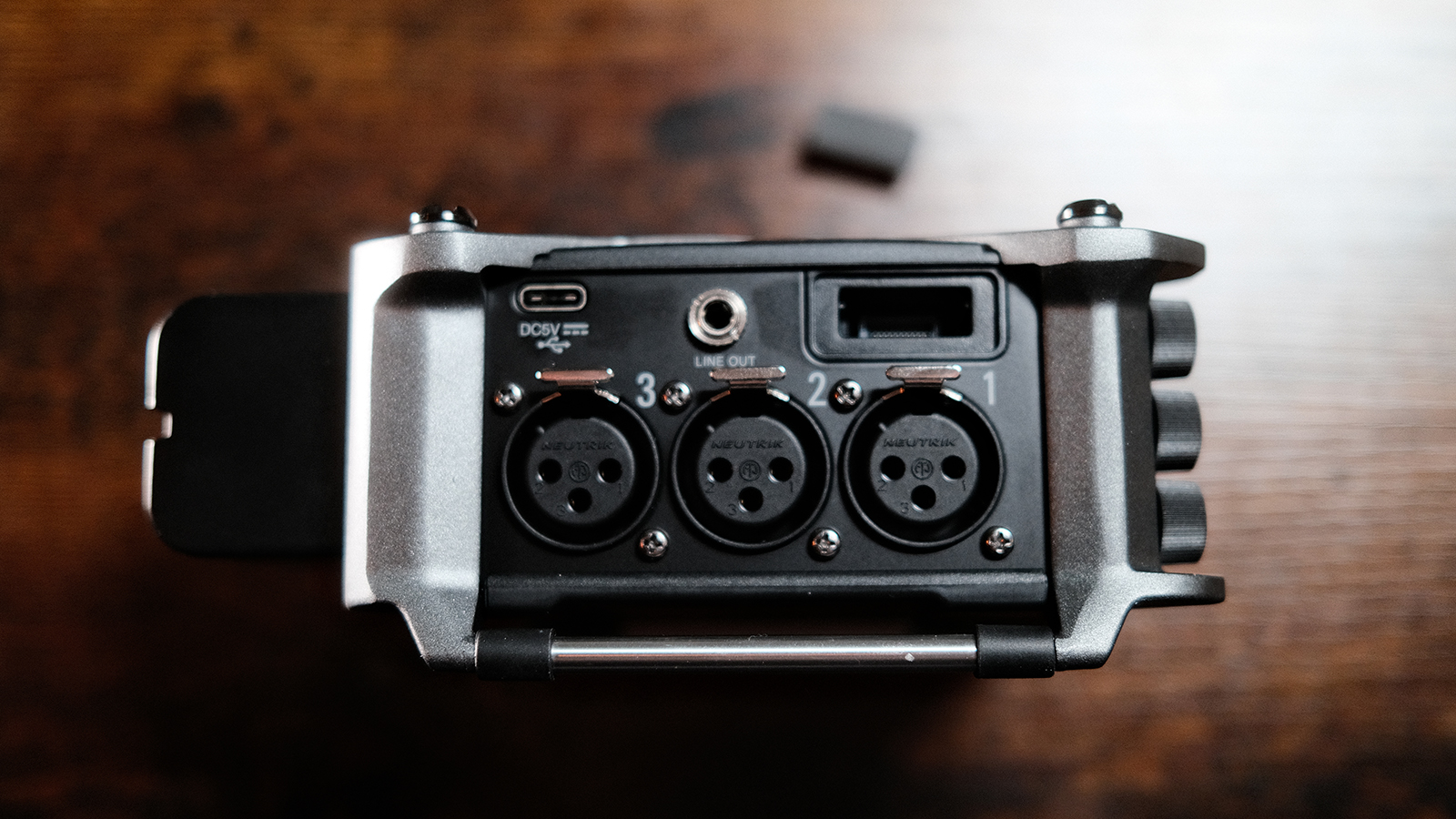
The F6 connects to devices in a number of ways. The most used will be the six XLR ports. These do offer phantom power but aren’t the combo type, so no TRS cable can be used. That’s a slight shame but considering the target audience most probably won’t miss that omission.
On the left side is also the USB-C port, used for power and connecting to a computer to use as an audio interface, a 3.5mm line out, and a rubber bung. This bung can be removed to access an accessory slot, which can house a Bluetooth dongle for connecting to the Zoom app (iOS only at this point) and for wireless timecode. I didn’t have a Bluetooth adapter to test (BT1-A) so I can’t comment on performance here but I’d hesitate to rely on Bluetooth for wireless timecode. I’d rather stick to a wired system, or use with a dedicated timecode device. Timecode is sent out on the ring side of the 3.5mm jack, with incoming on the tip, so make sure your camera accepts this. Adapters exist but I’m always hesitant to use them, as it introduces another point of possible failure.
The line out could be handy in some situations. Say you want to record the audio directly to your camera you have that option, giving you some redundancy. However, the converter here won’t give the same result as the files recorded to the SD card.
Headphones can be used but there’s only a 3.5mm port for this. I’d much rather have a ¼” headphone port, mostly as it’s more physically robust, and for a device designed to be used in the field, it would make much more sense. Still, the output is good and the roller volume control makes it easy to dial in output levels, even when in a bag.
Zoom F6: Performance
With all that out of the way how does it actually perform as a field recorder? The answer to this is really very well. The F6 has a few neat tricks up its sleeves which help raise it above some of the competition. The converters are all top quality and in fact, there are dual converters, helping the noise floor stay very low, a key attribute, especially when you consider the dynamic range and any post work.
The 32-bit float recording is simply stunning. Yes, you have control over levels but if you make a mistake or forget to set all is not lost, which can’t be said of other such devices. The gain of up to 75db and those dual converters means you can reduce the loudest sounds, even when they look like they are clipping (looking at the waveforms), and where there is apparently no audio, you can bring even quiet dialogue up to very usable levels, all without introducing unwanted noise. It’s really quite remarkable for a device of this cost.
Another neat trick is the auto mix feature, which identifies incoming levels and tries to bring them near each other. This seems a little hit-and-miss at times but works reasonably well. I can see how this could prove useful for a podcast situation or an interview setup.
The timecode is rock solid on the F6. Some devices drift over time and I’m sure that is the case here too but it’s so minimal as to not be a factor. I left three channels recording for over four hours (part of my battery testing as well) and there was no drift evident. I’d say that’s a big success.
It’s worth mentioning the formats on offer here. I’d recommend the 32-bit float at up to 192khz for the best dynamic range and quality but you can reduce this down to 16 bits if needed. This is in .wav format. You can also record .mp3 files at 49kz, which will give you acceptable quality but smaller file sizes and only 2 tracks of simultaneous recording. Wav files can reach a maximum of 14 tracks at a time, giving you 6 32-bit float and 6 linear files, along with a left/right mix. This is handy for backups and an added layer of security.
On top of that, there are some extra features, like a look-ahead limiter. This analyses the incoming audio, predicts sharp increases in level, and adjusts accordingly to avoid clipping. Less necessary when recording in a 32-bit float but useful for other times.
There is also the option of recording 360 audio for VR/AR projects, although you will need to download some extra software (for free) to decode this.
Zoom F6: Verdict
Zoom has produced a field recorder in the F6 that is hme to some truly useful features. While it's always best to take control and capture audio properly, being able to rescue recordings with huge changes in dynamics, without sacrificing quality to unwanted noise is massively beneficial.
The solid, compact size, mostly excellent layout and quality of components, puts this right at the top in this price range and even competes with devices costing a lot more.
| Features | The F6 has some excellent features that make it a truly useful field recorder. | ★★★★★ |
| Design | While there are a couple of niggly design choices, overall the F6 is very well designed, adaptable to different situations and well built. | ★★★★☆ |
| Performance | Performance is excellent. Audio quality is very good, as is battery life and timecode. | ★★★★☆ |
| Value | The F6 isn’t cheap but it does represent excellent value to those who need such a device. | ★★★★★ |
✅ Buy it...
- You need a compact but capable field recorder, with lots of options for rigging
- You often work with large variations in level that need to be accommodated.
🚫 Don't buy it...
- You have particularly large fingers
- You use android and want to take advantage of the zoom app.
Alternatives
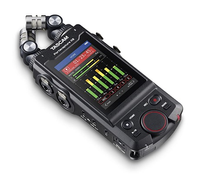
Viltrox DC-550: This has a similar package to the F500 plus the sun hood is a hard folding one and it comes with a case.

Rob is Editor of 3D World and ImagineFX magazines and also works as creative director for his own studio, Pariah Studios, producing 3D animations and VFX for a variety of clients. When not at his desk, he can usually be found painting miniatures.
You must confirm your public display name before commenting
Please logout and then login again, you will then be prompted to enter your display name.
